Alpine Currant (Ribes alpinum) Profile
Written by Iris
Oct 11 2021
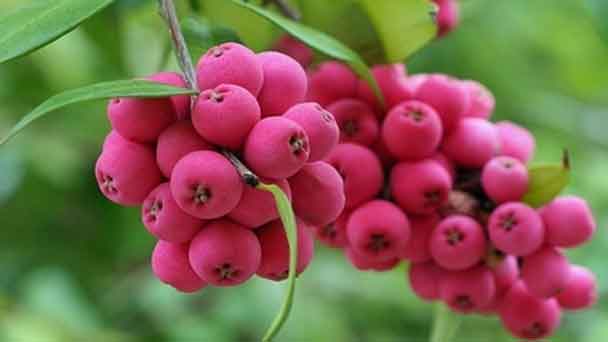
Alpine Currant is a compact, mounded shrub that is 3 to 6 feet tall. Alpine Currant’s bright green leaves with 3-5 lobes turn dark yellow in autumn. The Alpine Currant flowers are yellow-green and inconspicuous.The Alpine Currant fruit on the female plant is an inedible scarlet berry. However, most commercially sold plants of the species are male clones (males are reportedly immune to rust). The Alpine Currant stems are chestnut brown and may fall off (spalling) when mature.
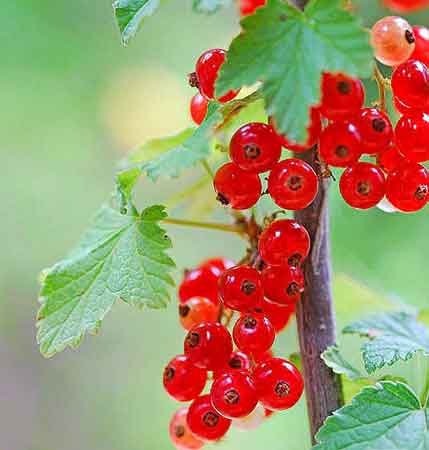
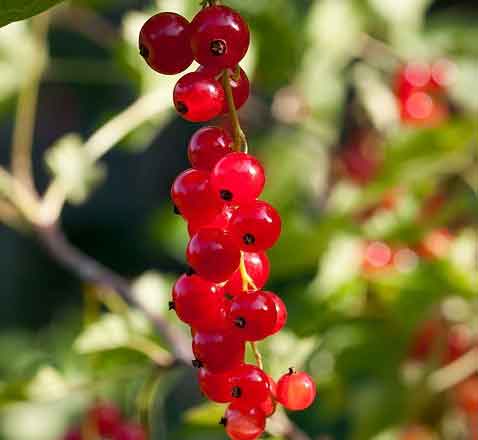
Cut those branches in pieces, so you have 4-6 buds on each piece. (called "a cutting")
Stick each cutting in the ground (or a pot) so that 2-3 buds are left above ground.
Water well and then mulch deep or otherwise make sure the soil does not completely dry until late summer next year.
What remains is to take out the cuttings and plant them out at their permanent place. The best time to do that is autumn, when their leaves fall off at least partially. In our part of the world, that means October-November.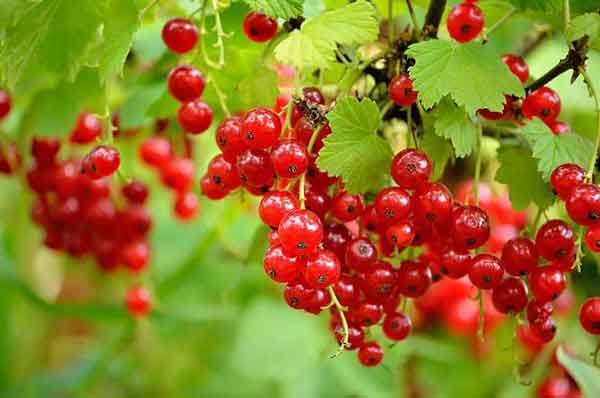
Always follow the fertilizer package directions for application rates and scheduling. Over-fertilizing plants or applying at the wrong time during the growing season can result in plant injury.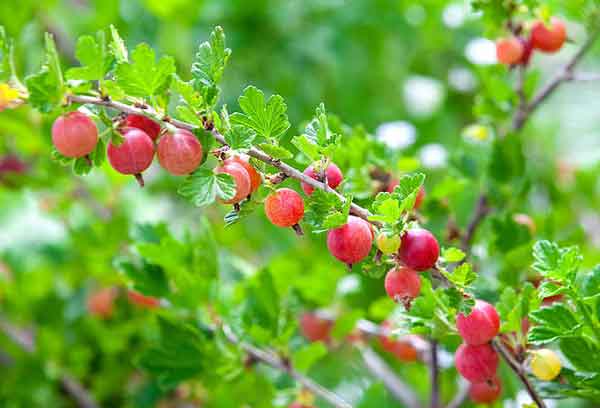
This ribes alpinum shines as a short hedgerow. Think about using them to line your driveway or property borders. With the uniformed green color, the Alpine currant makes an exceptional choice to spruce up your space without overwhelming it. Since the Alpine currant has a relatively fine texture, it can set itself apart from other plants in your landscape. If you want to create some contrast, make sure to pair the Ribes alpinum with plants that have coarse foliage.
Female plants produce red berries that stand out against the green foliage. With its summer haul of berries, this plant is an excellent shrub to help attract birds to your space. You might want to add a few shrubs to those wildlife habitats. If you place this shrub in the right spot, you will have a lovely time watching the birds throughout the warmer months.
Finally, the Alpine currant shines as a low privacy screen. No matter where you place it, this shrub will not let you down. When used as a mass planting, you can screen your patio from visitors. Not only will you have some privacy, but the delightful green color dazzles throughout the growing season.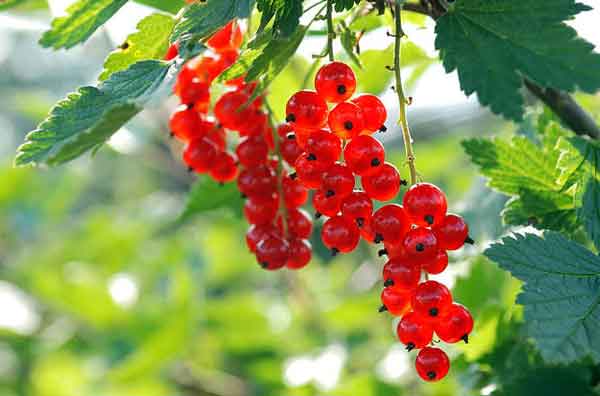
Ribes alpinum ‘Aureum’
Ribes alpinum ‘Europa’
Ribes alpinum ‘Spreg’
Ribes alpinum ‘Green Mound’
Ribes alpinum ‘Compacta’
Ribes alpinum ‘Pumila’
This is a relatively low maintenance shrub, and can be pruned at anytime. It has no significant negative characteristics.
Green Mound Alpine Currant is recommended for the following landscape applications;
Mass Planting
Hedges/Screening
General Garden Use
Alpine Currant (Ribes alpinum) PictureAlpine Currant (Ribes alpinum) InfoEcological Habits of Alpine Currant (Ribes alpinum)Alpine Currant (Ribes alpinum) Distribution AreaHow to Grow and Care for Alpine Currant (Ribes alpinum)How to Grow Alpine Currant (Ribes alpinum)How to Care for Alpine Currant (Ribes alpinum)Uses of Alpine Currant (Ribes alpinum)Varieties of Alpine Currant (Ribes alpinum)Alpine Currant (Ribes alpinum) Design Tips
Alpine Currant (Ribes alpinum) Picture

Alpine Currant (Ribes alpinum) Info
| Botanical Name | Ribes alpinum |
| Common Name | Alpine currant, Mountain currant |
| Plant Type | Shrub |
| Mature Size | 6 feet tall, 6 feet wide |
| Sun Exposure | Full sun |
| Soil Type | Moist, well-drained |
| Soil pH | 6.1 - 7.8 |
| Bloom Time | Spring |
Ecological Habits of Alpine Currant (Ribes alpinum)
Alpine Currant is easily grown in average, medium, well-drained soil in full sun to part shade.Alpine Currant tolerates full shade. Prune at any time of year (flowers are insignificant) or simply allow plant to grow naturally. Alpine Currant tolerates some drought. Extremely winter hardy.Alpine Currant (Ribes alpinum) Distribution Area
Alpine currant (Ribes alpinum) grows in nature in the northwestern regions of Russia, in Scandinavia, Central and Southern Europe. Now it is listed in the Red Book and is under protection in nature reserves. And it was cultivated for a long time, back in the XVI century.
How to Grow and Care for Alpine Currant (Ribes alpinum)
How to Grow Alpine Currant (Ribes alpinum)
- With Seeds
- With Stem Cuttings
Cut those branches in pieces, so you have 4-6 buds on each piece. (called "a cutting")
Stick each cutting in the ground (or a pot) so that 2-3 buds are left above ground.
Water well and then mulch deep or otherwise make sure the soil does not completely dry until late summer next year.
What remains is to take out the cuttings and plant them out at their permanent place. The best time to do that is autumn, when their leaves fall off at least partially. In our part of the world, that means October-November.

How to Care for Alpine Currant (Ribes alpinum)
- Light
- Soil
- Water
- Temperature and Humidity
- Fertilizer
Always follow the fertilizer package directions for application rates and scheduling. Over-fertilizing plants or applying at the wrong time during the growing season can result in plant injury.
- Pruning

Uses of Alpine Currant (Ribes alpinum)
Alpine Currant Landscape UsesThis ribes alpinum shines as a short hedgerow. Think about using them to line your driveway or property borders. With the uniformed green color, the Alpine currant makes an exceptional choice to spruce up your space without overwhelming it. Since the Alpine currant has a relatively fine texture, it can set itself apart from other plants in your landscape. If you want to create some contrast, make sure to pair the Ribes alpinum with plants that have coarse foliage.
Female plants produce red berries that stand out against the green foliage. With its summer haul of berries, this plant is an excellent shrub to help attract birds to your space. You might want to add a few shrubs to those wildlife habitats. If you place this shrub in the right spot, you will have a lovely time watching the birds throughout the warmer months.
Finally, the Alpine currant shines as a low privacy screen. No matter where you place it, this shrub will not let you down. When used as a mass planting, you can screen your patio from visitors. Not only will you have some privacy, but the delightful green color dazzles throughout the growing season.

Varieties of Alpine Currant (Ribes alpinum)
There are several different cultivators of Alpine Currant. Some of the most popular varieties are as follows:Ribes alpinum ‘Aureum’
Ribes alpinum ‘Europa’
Ribes alpinum ‘Spreg’
Ribes alpinum ‘Green Mound’
Ribes alpinum ‘Compacta’
Ribes alpinum ‘Pumila’
Alpine Currant (Ribes alpinum) Design Tips
Green Mound Alpine Currant is a dense multi-stemmed deciduous shrub with a more or less rounded form. Its relatively fine texture sets it apart from other landscape plants with less refined foliage.This is a relatively low maintenance shrub, and can be pruned at anytime. It has no significant negative characteristics.
Green Mound Alpine Currant is recommended for the following landscape applications;
Mass Planting
Hedges/Screening
General Garden Use
Latest Updated
- Benefits of Bugleweed - 7 Science-backed Health Benefits
- Bugleweed Dangers & Side Effects - Is It Poisonous?
- How to Plant Evergreen Trees - What You Should Know
- When to Plant Evergreens - Grow Guide for Evergreen Trees
- 12 Wonderful Evergreen Shrubs for Your Garden
- 12 Popular Evergreen Plants with Pictures for Beginners
- When And How To Prune A Lilac Bush Like a Pro
- How to Grow & Care for Lilac Vine (Hardenbergia Violacea)
- Japanese Lilac Tree (Syringa Reticulata) Care & Propagation Guide
- Shumard Oak Pros and Cons - What to Know
Popular Articles
- Winter maintenance of Antirrhinum Majus
- How to Grow Terminalia Mantaly Tree
- How to Grow and Care for Crossostephium Chinense
- How to grow Antirrhinum Majus in spring
- Peristeria Elata (Dove Orchid) Profile: Info & Care Guide
- Underwatered Snake Plant (Sansevieria Trifasciata) - Signs And How To Fix
- How to Care for Brazilian Jasmine Plant (Mandevilla Sanderi)
- How to Grow & Care for Graptopetalum Purple Delight in Summer
- Rosa Chinensis (China Rose): Plant Growing & Care Tips
- How to Care for Baby Sun Rose (Aptenia Cordifolia)